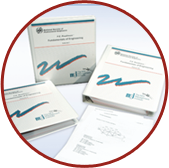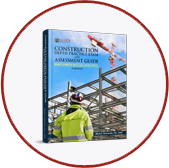The Lateral Earth Pressure or Horizontal Pressure (stress)
Earth Pressure Introduction
Earth pressure is the force per unit area exerted by soil. The ratio of horizontal to vertical stress is called coefficient of lateral earth pressure (K).
![]()
Earth pressure forces can be at-rest (Fig a), active (b) or passive (c).

Typical range of lateral earth pressure coefficients
Condition Granular Soil Cohesive Soil
Active 0.20 – 0.33 0.25 – 0.5
Passive 3 – 5 2 – 4
At-Rest 0.4 – 0.6 0.4 – 0.8
At-Rest Earth Pressure
Under conditions of zero horizontal displacement, the soil is said to be at-rest:
Ko ≈ 1- sin Φ’ (granular soils)
Active Earth Pressure
For a level backfill (β =0), the following equation is used to determine the active earth pressure (pa) for all types of soils.
![]()
For saturated clay soils, Φ = 0; Ka=1: pa = γH -2c
For granular soils, c=0: pa = Ka γ H
The critical depth, zcr, which is the depth at which the horizontal pressure is zero, can estimated by:

The total active resultant force (without surcharge or cohesion) is solved for by:
![]()
Passive Earth Pressure
For a level backfill (β =0), the following equation is used to determine the passive earth pressure for all types of soils.

The total passive resultant force (without surcharge or cohesion) is solved for by:
![]()







